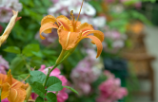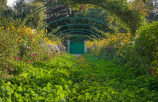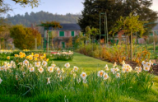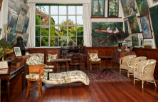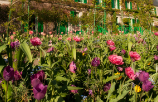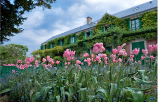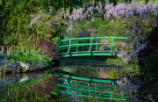Sylvie Patin: “Giverny is so much more than a setting for life…”
As the Honorary General Curator at Musée d’Orsay and Correspondant de l’Institut (Académie des Beaux-Arts), Sylvie Patin is one of the most scrupulous experts on Claude Monet’s impressionist paintings. This art historian is the author of numerous works on the artist from Giverny, including ‘Monet’s Private Picture Gallery at Giverny’, and will give three topical lectures at Fondation Monet. Read the interview…
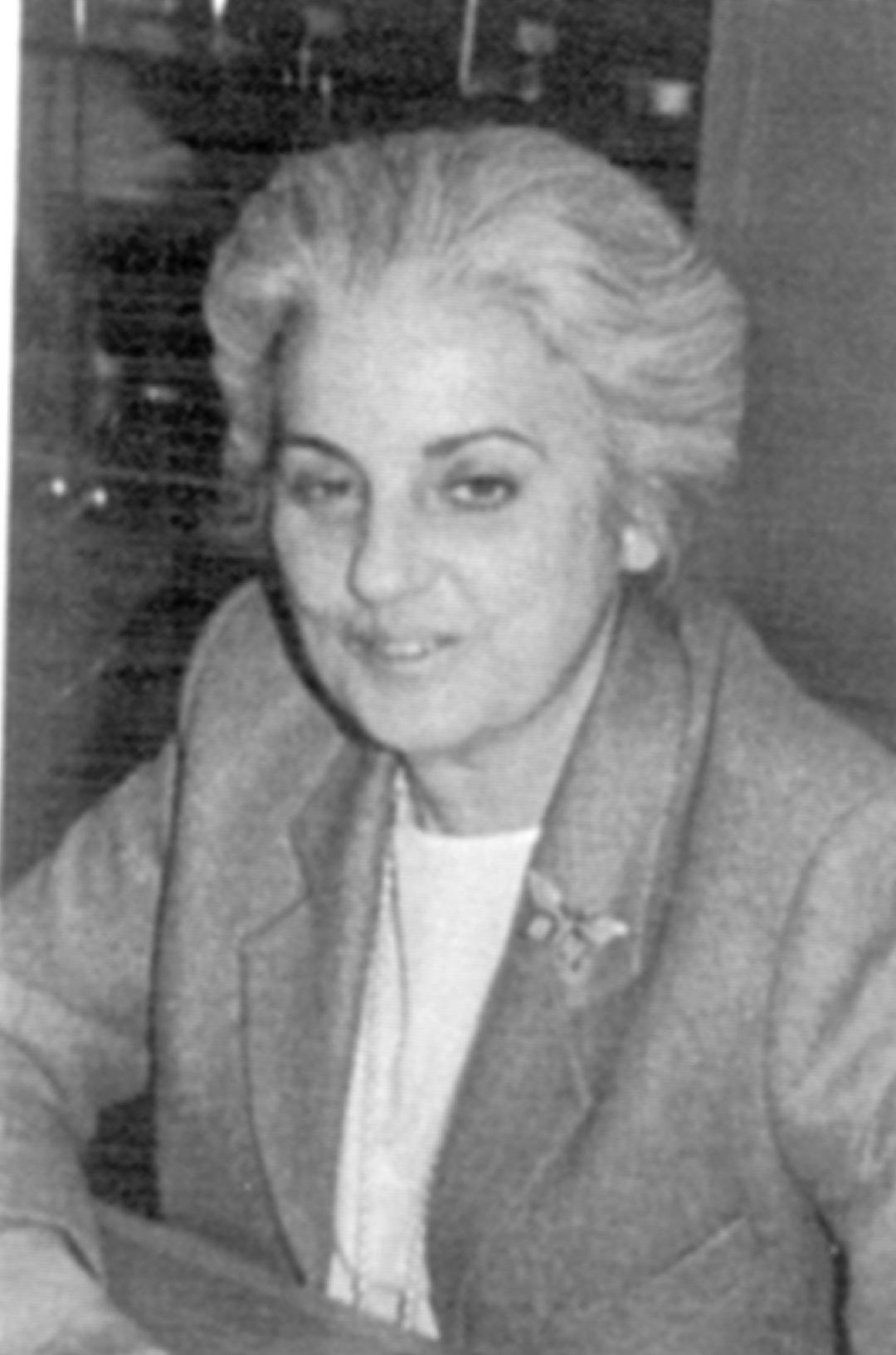
The first lecture on 18 April will be on ‘Monet’s Private Picture Gallery at Giverny’. Why did the artist decide to transform his studio/lounge into a sanctuary dedicated to his paintings?
None of these paintings were ones he couldn’t sell. Instead, they were the ones he wanted to keep. In fact, they all illustrated key times of his life. There are the portraits of his family – his first wife Camille and his two sons -, memories from some trips – the Thames, his journey to Norway and the great attraction of snow with Mount Kolsaas, Venice, etc. -, his work on series for which he systematically kept one copy – the cathedral, the haystacks, etc. -, his passions which included the sea and flowers, his constant quest for natural light such as that at Bordighera, and more. Initially, the studio/lounge was used as a workplace. But it was also where Claude Monet received art dealers. And remember, it was not a static display and some paintings also migrated from one studio to another. Photos of the time show that The Red Cape and The Boat moved around. Between 1926, the year that Claude Monet died, and 1966, his son Michel sold some paintings which are now held by museums and collectors. The ones he kept were transferred to the Marmottan Monet Museum upon his death.
In 2011, replicas were hung in the studio/lounge to your exacting instructions, replacing the originals and in the same location. How did you ensure historical accuracy was preserved?
The sixty or so replicas currently hanging there were selected using old photos that enabled us to ascertain with certainty what was hanging there in 1920. When we had doubts, we drew on the artist’s comprehensive annotated catalogue compiled by Daniel Wildenstein, which lists the artworks that were present at Giverny until Monet’s death.
In his bedroom, Claude Monet surrounded himself with artworks by his impressionist friends. Those were also replaced in situ by copies in 2013. Such a complex task as there were no photos of the upper floor!
Yes, that task was quite different. Because we had no photos, we drew on the written accounts of the few people Claude Monet allowed upstairs to see his bedroom, namely Julie Manet – the daughter of Berthe Morisot -, Paulette Howard-Johnston – the daughter of artist Paul Helleu -, Gustave Geffroy and Marc Elder. Here, also, we drew on the comprehensive annotated catalogue of the artists Monet enjoyed, namely that of Cézanne which listed the movement of the artworks. These replicas encourage visitors to go enjoy the originals, of which many can be found at the Marmottan Monet Museum.
What aspect of Claude Monet’s personality can be seen in his bedroom, which you discuss in your second lecture on 13 June?
Claude Monet woke up and went to sleep surrounded by paintings that were not his own, instead they were by his friends (Boudin, Jongkind, Caillebotte, Cézanne, Renoir, Berthe Morisot, etc.). This room highlights his altruistic side. Claude Monet had a selfless concern for others. He never forgot friends from his younger years and remained ever loyal to them.
On 5 September, ‘Giverny: Japan in Normandy’ will bring to a close your series of lectures. In your opinion, what was it in Japanism that so fascinated Claude Monet?
At the time, all artists were interested in Japanese prints. For Claude Monet, that influence permeated even his gardens and, more specifically, his water garden. And none of that was the result of a visit to Japan, as Claude Monet never went there. His contact was through the prints and through meeting Japanese people who travelled all the way to Giverny.
As Gérald Van der Kemp expressed it at the time, Giverny is a setting for life which helps us better understand the artist…
Giverny is not just a memorial site where Claude Monet lived. It is a place which demonstrates his personality, generosity, struggle for work, favourite themes and more. It is so much more than a setting for life, it’s a fusion between his life and artwork. While visitors mostly come for the garden and flowers, the house is also key to understanding the artist. And in fact that is why Hugues Gall worked on that aspect when he took over management of the Fondation and started reconstruction work.
Were you fortunate enough to attend the Fondation Monet’s official public opening in June 1980?
Yes, I had that honour as at the time I was one of the curators of the ‘Homage to Monet’ exhibition (February to May) at the Grand Palais. We also assisted Gérald Van der Kemp with his research.
Giverny and the Marmottan Museum remain popular. The Monet exhibitions are attracting record visitor numbers. How do you explain this love story between the public and the artist?
Impressionism is a style of painting loved by the French as well as by foreigners. It became well-known early on in the United States through a major exhibition organised by Paul Durand-Ruel in New York in 1886, as well as through collectors such as the Havemeyers. Mary Cassatt, an American artist linked with the impressionist movement, also helped increase Monet’s profile. And Japan also played a key role.
How did your journey lead you to Claude Monet?
I sat the National Museum Curator exam in 1973. A year before that, I did an apprenticeship at the Marmottan Museum which was managed by Jacques Carlu at the time. And that was the period when the paintings by Claude Monet bequeathed by his son Michel were being restored. Some came from the Sorel-Moussel home and were damaged by water marks. I saw all of those paintings which, following the death of Michel Monet, never returned to Giverny. Between 1976 and 1979, I held the role of Museum Curator at Jeu de Paume and Orangerie. I then joined the Prefiguration Team at the Musée d’Orsay before becoming Chief Curator there in 1991, then General Curator in 2006. I’ve actually had quite a consistent life.
Would you organise a new Monet exhibition one day?
I helped organise two great exhibitions in 1980 and 2010 (‘Claude Monet’, Grand Palais). It was interesting to show Monet as a whole, to highlight his renewal from ‘Sunrise: Impression’ all the way to the Water Lilies series… And between those two, the exhibitions had great depth. I have no regrets.
Another book?
I’m currently publishing a book on Berthe Morisot as part of an exhibition being held this June at Musée d’Orsay. ‘Berthe Morisot: the artist’s private life’ will be released in April by Editions des Falaises in Rouen.



